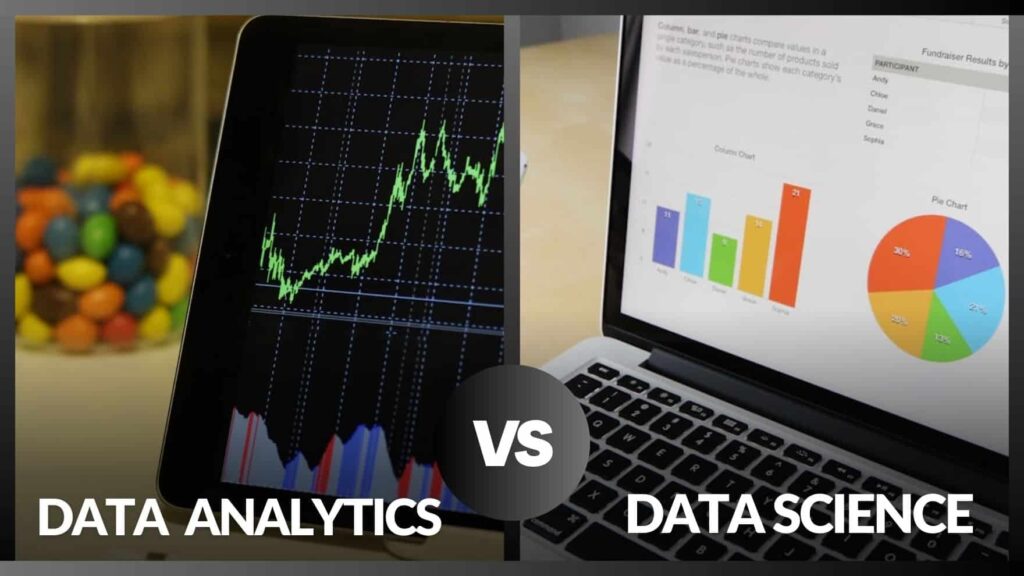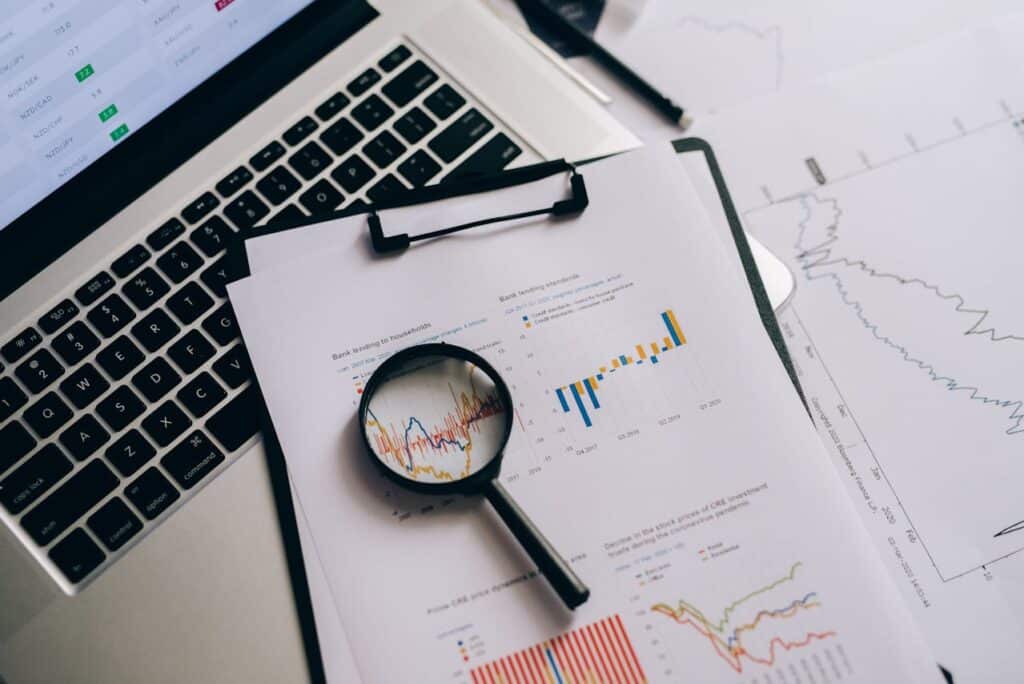BUSINESS
Data Analytics vs Data Science: What’s The Difference?

WORDS: Ocean Road Magazine Editorial Staff PHOTOGRAPHY Supplied
With so many similar terms and roles between data analysts and data scientists, you might think they’re exactly the same thing. There are a few key differences that set these two data careers apart.
Data science is focused mainly on ordering, storing and analysing raw, unstructured data. Data analytics is a branch of data science, which is where data analysts take a deeper dive into the data for specific answers. Data scientists and data analysts have different:
- Scopes and objectives
- Tools and techniques
- Focus
- Impact
By comparing data analytics and data science in this article, we aim to help you understand their key differences and which is the more suitable career path for you.
What is data science?
Data science is a broad field that involves capturing and working with raw data, often a mix of structured and unstructured data, to interpret and relay information. The data scientist uses a range of strategies and tools to uncover raw data on the subject matter.
Data scientists help businesses make decisions and execute strategic planning by being able to unscramble actionable data. Data science combines the following methods:
- Advanced analytics
- Artificial Intelligence (AI)
- Machine learning
- Statistics and math
- Specialised programming
What are the responsibilities of data scientists?
The responsibilities of a data scientist include:
- Define clear objectives
- Data collection
- Data cleaning and preprocessing
- Exploratory Data Analysis (EDA)
- Feature selection and engineering
- Model selection and building
- Model training and evaluation
- Hyperparameter tuning
- Deployment
- Monitoring and maintenance
- Communication and reporting
What is data analytics?
In similar regard to data science, data analytics uses tools and processes to examine datasets to identify trends and develop actionable insights for businesses. Ultimately, the goal of a data analyst is also to help organisations make data-driven decisions to help them grow. However, data analytics focuses more on answering specific questions.
What are the responsibilities of data analysts?
The responsibilities of a data analyst include:
- Data collection
- Data cleaning and preprocessing
- Exploratory Data Analysis (EDA)
- Data visualisation
- Statistical analysis
- Predictive modeling
- Data-driven decision-making
- Algorithmic bias and data quality
- Communication
What are the key differences between data analytics and data science?
At face value, the role of data analysis is a branch of data science, and data analysts specialise in analysing data in order to answer specific data-related questions. However, there is so much more to these fields, hence the need for data analysts. So, here are the key differences you should consider:
1. Objectives
One major way to differentiate between data analytics and data science is to observe their scopes and objectives.
Data analytics objectives
The primary objective of business analytics is to analyse historical data to gain actionable insights for making insightful and data-based business decisions. Generally, these data analysts are concerned with descriptive analytics, reporting and helping people understand what happened previously and why.
Data science objectives
Data science encompasses many aspects. It uses predictive modelling, machine learning, and advanced statistical techniques to describe past events and predict future outcomes. Where a data analyst focuses on the history of a business, a data scientist’s main objective is to uncover hidden patterns and generate actionable insights for the future through data.
2. Tools and techniques
While both data analytics and data science are dealing with data, they use different tools in order to meet their objectives.
Data analytics tools and techniques
Data analysts will usually use specific tools that help with data visualisation and reporting and rely on more traditional statistical methods for analysis. Here are some of the tools that data analysts will typically use:
- Excel
- Tableau
- Power Bl
Data science tools and techniques
Data scientists will use some of the same tools and techniques; however, they are more proficient in programming for machine learning and data manipulation. The techniques are more advanced and include deep learning and NLP. Some of the most frequently data science tools used include:
- IBM
- Tableau
- Sisense
4. Impact
Notably, it’s important to understand that data analytics and data science have different impacts on organisations.
Data analytics impact
Data analysis is is critical in regard to optimising the existing processes of a company. Thus, they will aid in improving efficiency and support daily decision-making.
Data science impact
Data scientists will often focus on innovation and long-term strategising. They will also aid in developing new revenue streams, services and products.
Final Thoughts
Overall, data analysis and data science have different purposes, scopes, techniques, tools, and impacts that benefit a business. For those who enjoy working with data to answer immediate questions to aid organisations, data analytics could be the ideal career for you. However, if you feel called to more complex, open-ended problems and excel in mathematics and statistics, you might find more satisfaction in the field of data science.










